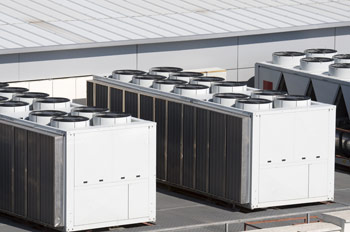Played out on a computer over hundreds of generations, a survival-of-the-fittest programming method adapted by National Institute of Standards and Technology (NIST) researchers has spawned, of all things, the design for a more efficient rooftop air-conditioning system.
|
ADVERTISEMENT |
The evolutionary tack optimized the sequence of connections within the snaking arrangement of cooling tubes in the air conditioner’s heat exchanger. The unit’s U.S. manufacturer subsequently implemented the changes as a prototype for NIST. The computer-generated design yielded a 3-percent gain in overall performance, confirming the results of prior analysis by NIST researchers.
That amount of improvement could be enough for a manufacturer to achieve compliance with increasingly stringent energy efficiency standards. It also could translate into material savings—a reduction in the amount of costly copper tubing in a heat exchanger without sacrificing performance.
|
|
…

Add new comment